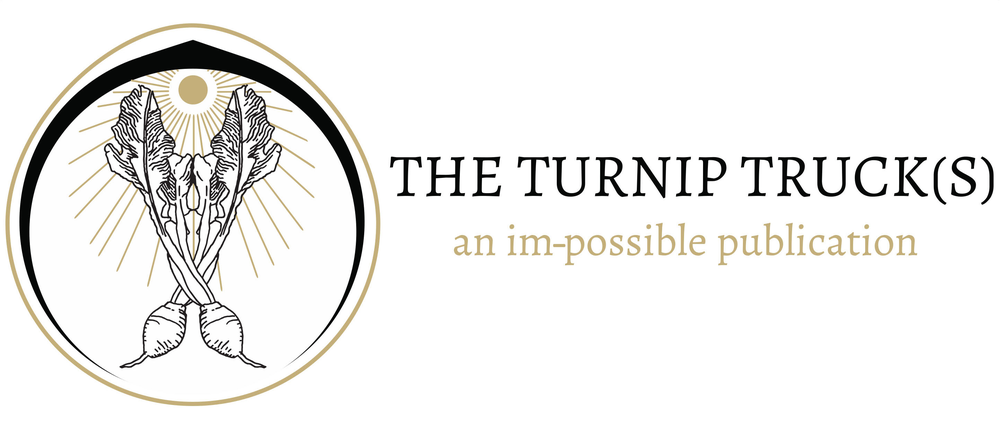According to Descartes, cogito ergo sum, “I think therefore I am,” is the one and final indisputable truth for any human subject. As he put it in Discourse on Method, published in 1637, “we cannot doubt of our existence while we doubt…” In other words, it is possible to believe in the doubtfulness of any type of human knowledge except that which is foundational for any conscious thought: If I am thinking, I exist. The etymology of the word belief curiously contains the formula of this famous Cartesian reduction. Glauben, from which the English belief derives, means “to believe, to have faith in, to think.” Thinking and believing are always already linked, and vice versa. Descartes could not trust the adage of “seeing is believing,” because, since Plato, there was always the doubt that what we see is mere phenomenon or phantasm. The Cartesian certainty would hold sway until Rousseau’s attack on the very integrity of the human intellect. Rousseau would shift the location of truth and belief to the human heart. It was feeling that could not be doubted. That one should believe in one’s heart instead of one’s thoughts ushered in both the end of the Cartesian certainty and Romanticism’s cult of feeling. That Rousseau focused on the heart is also etymologically acute: the French croyance, “belief,” comes from the Latin credere (“to believe,” as in creed), whose root is the Proto Indo-European *ḱḗr, “heart,” from which comes the Greek καρδία (“heart, mind, stomach”) and Latin cor, “heart,” from which derive the French, coeur, and Spanish corazon, and various musical and romantic words like chord, chorus, and concord. The linkage is literal: the heart (cor) is a cord (cordis) or enclosure (χόρτος). In the end, belief and truth come from the heart, or, we should say, the truth is, credo ergo sum.

